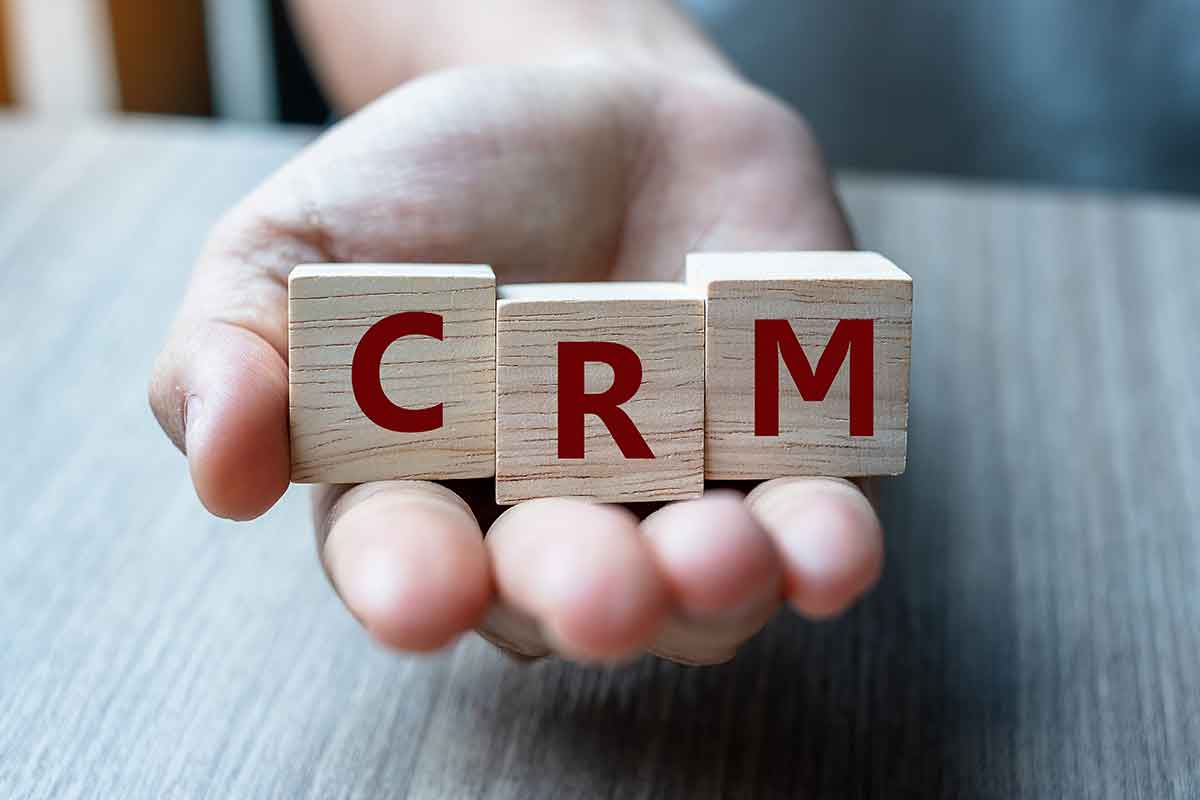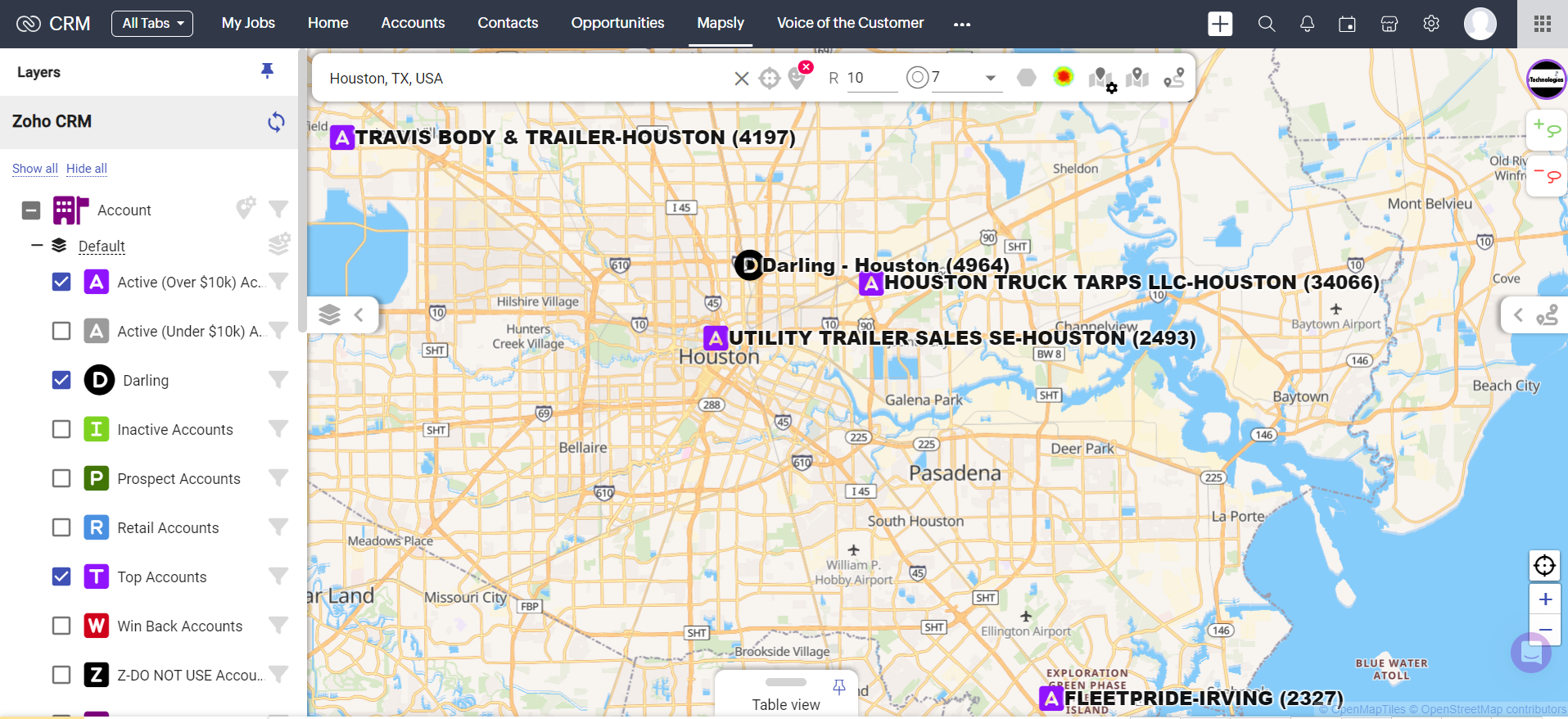
Sales teams are constantly under pressure to hit aggressive targets and stay competitive. However, without a structured and efficient sales process, even the most talented teams can struggle to meet their goals. This is where sales operations best practices come into play. By streamlining processes, providing data-driven insights, and removing bottlenecks, implementing effective sales operations can dramatically improve a team’s productivity and overall success.
In this blog post, we will explore the key sales operations best practices and how they can optimize productivity across the sales organization.
1. Centralized CRM and Data Management
At the heart of any successful sales operation is a well-organized Customer Relationship Management (CRM) system. By centralizing all customer data, leads, sales activities, and communications into a single system, sales teams can streamline their processes and eliminate duplication of effort. A CRM system also enables:
- Better visibility into sales pipelines and activities.
- Accurate forecasting of sales trends.
- Improved collaboration across sales, marketing, and customer success teams.
According to HubSpot, companies using CRM tools experience a 29% increase in sales productivity . With a well-implemented CRM, sales reps spend less time searching for information and more time selling, leading to higher productivity.
2. Clear Sales Processes and Standardization
A key component of sales operations is the standardization of processes. By defining clear workflows for tasks such as lead qualification, prospecting, and deal closure, sales teams can operate more efficiently. Standardized sales processes ensure that:
- Sales reps follow best practices consistently.
- Onboarding and training for new team members is faster and more effective.
- Performance metrics are easier to track and optimize.
Gartner research shows that organizations that adopt a standardized sales process see up to a 28% increase in revenue . When teams operate under a standardized framework, they avoid unnecessary steps, reduce errors, and have more time to focus on building relationships with clients.
3. Data-Driven Decision Making
Sales operations leverage data to provide actionable insights. Rather than relying on intuition, top-performing sales teams make decisions based on data analytics. This includes:
- Monitoring key performance indicators (KPIs) like conversion rates, deal velocity, and pipeline health.
- Using predictive analytics to identify high-probability deals.
- Running reports to understand team performance and adjust strategies accordingly.
Salesforce’s State of Sales Report reveals that top-performing sales teams are 2.3x more likely to use sales analytics than underperforming teams . By having a data-driven approach, sales teams can optimize every part of their sales cycle, from lead generation to closing deals, ultimately improving productivity.
4. Automation of Repetitive Tasks
One of the quickest ways to boost productivity is by automating repetitive and time-consuming tasks. Sales operations teams use tools to automate activities such as:
- Lead scoring and assignment.
- Email follow-ups and reminders.
- Data entry and reporting.
According to InsideSales, sales reps spend only 35.2% of their time actually selling. Automation can help recover up to 20% of this lost time, allowing sales reps to focus more on high-value activities .
5. Sales Training and Enablement
Investing in sales enablement is critical to ensuring that sales teams have the tools, knowledge, and resources they need to succeed. Sales operations teams play a central role in providing:
- Continuous training on new products, tools, and sales techniques.
- Easy access to sales collateral, case studies, and product information.
- Performance coaching and feedback loops.
Well-trained sales reps are more confident, effective, and productive in their day-to-day activities. Implementing an ongoing sales enablement strategy ensures that sales teams stay sharp and adaptable to changes in the market. McKinsey research shows that organizations with structured sales operations see a 20-30% increase in productivity .
6. Efficient Territory and Quota Management
Effective territory management ensures that sales reps are focusing on the right prospects and customers, while quota management aligns goals with individual performance. Sales operations teams can improve productivity by:
- Using data to design territories that are fair and balanced.
- Setting achievable quotas based on historical performance data.
- Regularly reviewing and adjusting territories and quotas to ensure they reflect changing market conditions.
When territories are optimized, and quotas are realistic, sales reps are more motivated and productive.
7. Collaboration Between Sales and Marketing
One of the most significant areas where sales operations can drive productivity is by fostering better collaboration between sales and marketing. Sales operations teams work to ensure:
- Marketing-qualified leads (MQLs) are effectively transitioned to sales-qualified leads (SQLs).
- Feedback from the sales team informs marketing strategies.
- Sales teams have the materials and information they need to engage prospects effectively.
Improved alignment between sales and marketing helps reduce lead leakage, shortens sales cycles, and increases close rates, all of which contribute to higher productivity.
8. Performance Tracking and Continuous Improvement
Sales operations best practices involve the continuous tracking of sales performance metrics. By setting up a regular cadence of performance reviews, sales teams can quickly identify bottlenecks and areas for improvement. Sales ops teams track:
- Sales cycle length.
- Conversion rates at each stage of the pipeline.
- Win/loss ratios.
Regular feedback and performance tracking allow teams to course-correct in real time, ensuring that productivity is always improving. CSO Insights found that companies with dedicated sales operations functions saw a 12.5% improvement in sales win rates .
Conclusion
Incorporating sales operations best practices can dramatically enhance the efficiency and productivity of your sales team. From centralizing data and automating tasks to aligning sales with marketing and tracking performance, the benefits of structured sales operations are clear. As organizations increasingly rely on data-driven decision-making and streamlined processes, sales operations become essential to unlocking peak productivity and driving sustainable growth.
By focusing on these best practices, your sales team will not only hit their targets but also set themselves up for long-term success.







 Choosing the right edition of Salesforce CRM is crucial for optimizing costs while ensuring you have the necessary features and capabilities to support your business needs. Salesforce offers several editions, each tailored to different business sizes and requirements. Here’s a deeper look into the process of selecting the appropriate edition:
Choosing the right edition of Salesforce CRM is crucial for optimizing costs while ensuring you have the necessary features and capabilities to support your business needs. Salesforce offers several editions, each tailored to different business sizes and requirements. Here’s a deeper look into the process of selecting the appropriate edition:


 Better data can be a lifeline for sales during uncertain economic times. Leveraging accurate and actionable data can provide businesses with a strategic advantage to navigate economic challenges and respond effectively to shifting market dynamics. Here’s how:
Better data can be a lifeline for sales during uncertain economic times. Leveraging accurate and actionable data can provide businesses with a strategic advantage to navigate economic challenges and respond effectively to shifting market dynamics. Here’s how:
 Expanding sales within your current customer base is an effective strategy to maximize revenue without significantly increasing customer acquisition costs. Here are several strategies and steps to consider:
Expanding sales within your current customer base is an effective strategy to maximize revenue without significantly increasing customer acquisition costs. Here are several strategies and steps to consider: